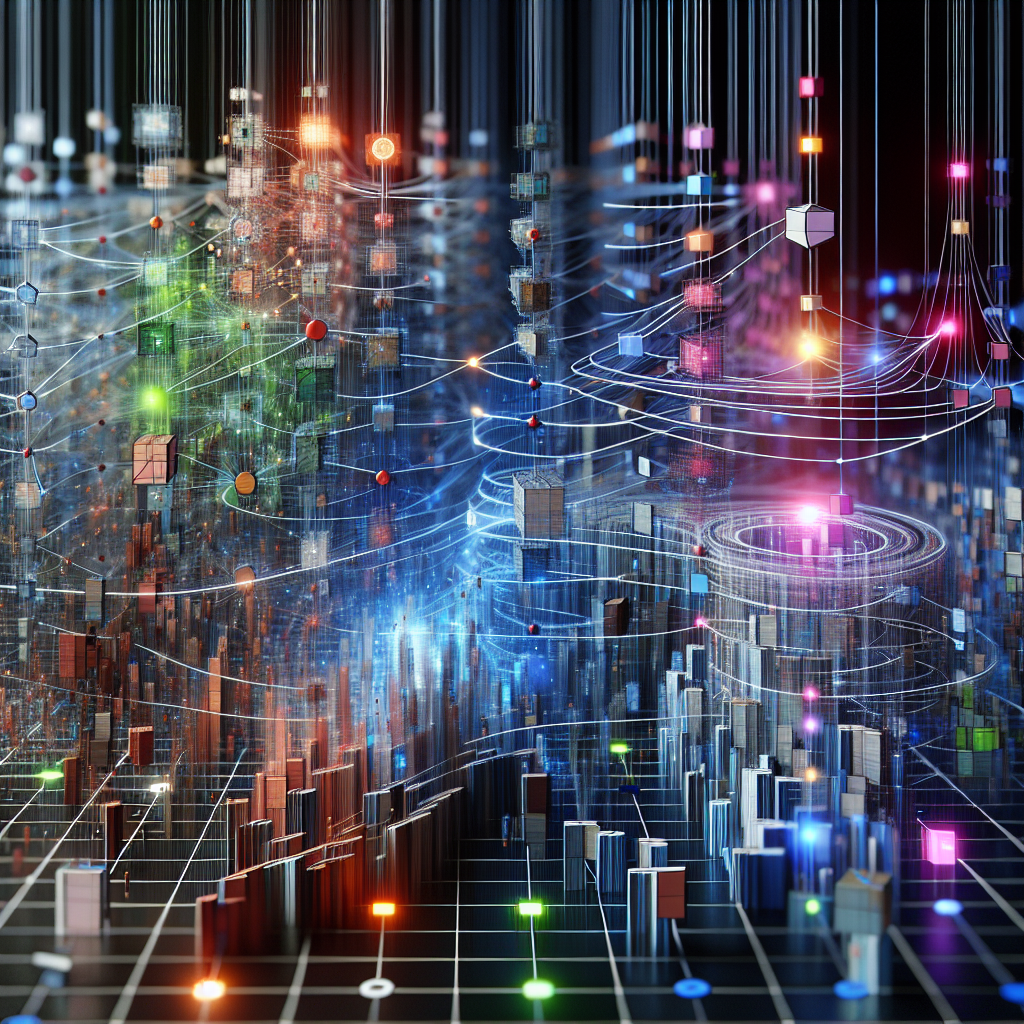Table of Contents
In today’s fast-paced, technology-driven world, the quest for increased productivity is more pressing than ever. As artificial intelligence (AI) continues to advance at a breakneck pace, a new wave of tools and techniques has emerged, promising to revolutionize the way we work and live. From intelligent task management systems to AI-powered virtual assistants, these innovations are helping individuals and organizations alike to streamline processes, automate repetitive tasks, and unlock new levels of efficiency.
The Rise of AI-Powered Productivity Tools
The productivity software market has experienced a surge of AI-driven solutions in recent years. These tools leverage machine learning algorithms to understand user behavior, anticipate needs, and offer personalized recommendations. One such example is Trello’s Butler, an AI-powered assistant that automates tasks and workflows within the popular project management platform.

“The integration of AI into productivity tools is a game-changer,” says Dr. Elena Sokolova, a leading expert in human-computer interaction. “By automating routine tasks and providing intelligent insights, these tools free up valuable time and mental resources, allowing users to focus on higher-level, creative work.”
Intelligent Task Management and Prioritization
One of the key areas where AI is making a significant impact on productivity is task management. Tools like Asana and Todoist have incorporated AI algorithms that learn from user behavior and automatically prioritize tasks based on factors such as deadlines, workload, and individual preferences.
Kacper Kubicki, a software engineer at a leading tech company, shares his experience: “Since I started using an AI-powered task manager, I’ve noticed a significant improvement in my productivity. The tool helps me stay focused on the most critical tasks and ensures that nothing falls through the cracks.”

AI-Driven Email Management
Email overload is a common productivity killer, with the average worker spending over a quarter of their workday managing their inbox. AI-powered email management tools like SaneBox and Boomerang use machine learning to automatically sort emails based on importance, snooze non-urgent messages, and even draft responses based on previous interactions.
“AI email management has been a lifesaver for me,” says Sarah Thompson, a busy marketing executive. “It helps me stay on top of important conversations while filtering out the noise, allowing me to focus on what matters most.”

Virtual Assistants and Conversational AI
Virtual assistants powered by conversational AI are becoming increasingly sophisticated, offering a wide range of productivity-enhancing features. Tools like Slack’s Slackbot and Microsoft’s Cortana can handle tasks such as scheduling meetings, providing reminders, and even offering personalized recommendations based on user preferences.
“The beauty of conversational AI is that it provides a natural, intuitive interface for interacting with productivity tools,” explains Dr. Mark Johnson, a researcher in natural language processing. “By allowing users to communicate with their tools using plain language, virtual assistants lower the barrier to entry and make it easier for people to leverage the power of AI in their daily work.”
AI-Enhanced Time Tracking and Analysis
Effective time management is a critical component of productivity, and AI is now being used to provide deeper insights into how we spend our time. Tools like RescueTime and Timely use machine learning algorithms to automatically track and categorize user activity, providing detailed reports and personalized recommendations for improvement.

“By leveraging AI for time tracking and analysis, individuals and organizations can gain a more accurate picture of where their time is being spent,” notes Lisa Chen, a productivity consultant. “This level of transparency is essential for identifying inefficiencies, optimizing workflows, and ultimately boosting productivity.”
The Future of AI-Driven Productivity
As AI continues to evolve, we can expect to see even more advanced productivity tools emerge. From predictive project management systems that anticipate potential roadblocks to AI-powered collaboration platforms that facilitate seamless teamwork, the possibilities are endless.
However, it’s important to recognize that AI is not a silver bullet for productivity. While these tools can certainly help us work more efficiently, they are ultimately only as effective as the people using them. As Dr. Sokolova reminds us, “AI-driven productivity tools are meant to augment human capabilities, not replace them. The key is to find the right balance between leveraging technology and maintaining a human touch.”
Conclusion
The integration of AI into productivity tools is transforming the way we work, offering new opportunities for efficiency, creativity, and growth. By embracing these cutting-edge tools and techniques, individuals and organizations can unlock their full potential and thrive in an increasingly competitive landscape. As we look to the future, one thing is clear: AI will continue to play a pivotal role in shaping the productivity landscape, and those who harness its power will be well-positioned for success.